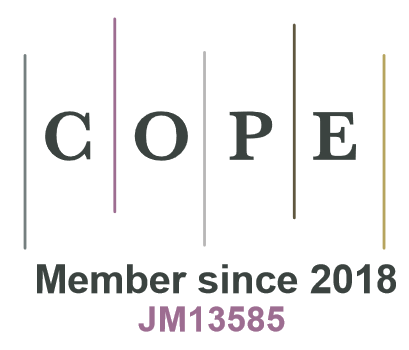article id 1211,
category
Research article
Highlights:
Litter quality and thinning showed an interaction on one year litter decomposition rates, N accumulation, and net N release; N accumulated until the underlying critical acid-unhydrolyzable residue to nitrogen ratio (approximately 57–69) was met; Increased N concentration in litter and thinning intensity induced rapid litter decomposition and N cycling in coniferous plantation with a slow decomposition rate.
Abstract |
Full text in HTML
|
Full text in PDF |
Author Info
Thinning alters litter quality and microclimate under forests. Both of these two changes after thinning induce alterations of litter decomposition rates and nutrient cycling. However, a possible interaction between these two changes remains unclear. We placed two types of litter (LN, low N concentration litter; HN, high N concentration litter) in a Chinese pine (Pinus tabulaeformis Carrière) plantation under four thinning treatments to test the impacts of litter quality, thinning or their combination on decomposition rate and N cycling. In our study, N was accumulated to approach an underlying critical acid-unhydrolyzable residue to nitrogen ratio (approximately 57–69) in litter. Moreover, an interaction between litter quality and thinning on decomposition rates, N accumulation and net release did exist. On one hand, one year decomposition rate of LN was elevated after thinning while that of HN remained the same or even lower (under light thinning); N accumulation of LN declined with light thinning and was restored with the increase of thinning intensity whereas that of HN did not decline with thinning and increased under heavy thinning; Net N release from LN was only found in light and heavy thinning while that from HN was found in all treatments, moreover net N release from LN and HN were both elevated under heavy thinning. On the other hand, HN decomposed faster, accumulated less and released more N than LN did under all treatments. Generally, high N concentration in litter and high-intensity thinning can lead to rapid litter decomposition and N cycling in coniferous plantations.
-
Chen,
Key Laboratory for Silviculture and Conservation of Ministry of Education, Beijing Forestry University, Beijing, 100083, China
E-mail:
chenxiao_0123@126.com
-
Page-Dumroese,
U.S. Department of Agriculture, Forest Service, Rocky Mountain Research Station, 1221 South Main Street, Moscow, ID 83843, USA
E-mail:
ddumroese@fs.fed.us
-
Lv,
College of Plant Science and Technology, Tarim University, Alar Xinjiang, 843300, China
E-mail:
lvrh514723@126.com
-
Wang,
Key Laboratory for Silviculture and Conservation of Ministry of Education, Beijing Forestry University, Beijing, 100083, China
E-mail:
fuyuerdejia@126.com
-
Li,
Key Laboratory for Silviculture and Conservation of Ministry of Education, Beijing Forestry University, Beijing, 100083, China
E-mail:
glli226@163.com
-
Liu,
Key Laboratory for Silviculture and Conservation of Ministry of Education, Beijing Forestry University, Beijing, 100083, China
E-mail:
lyong@bjfu.edu.cn



